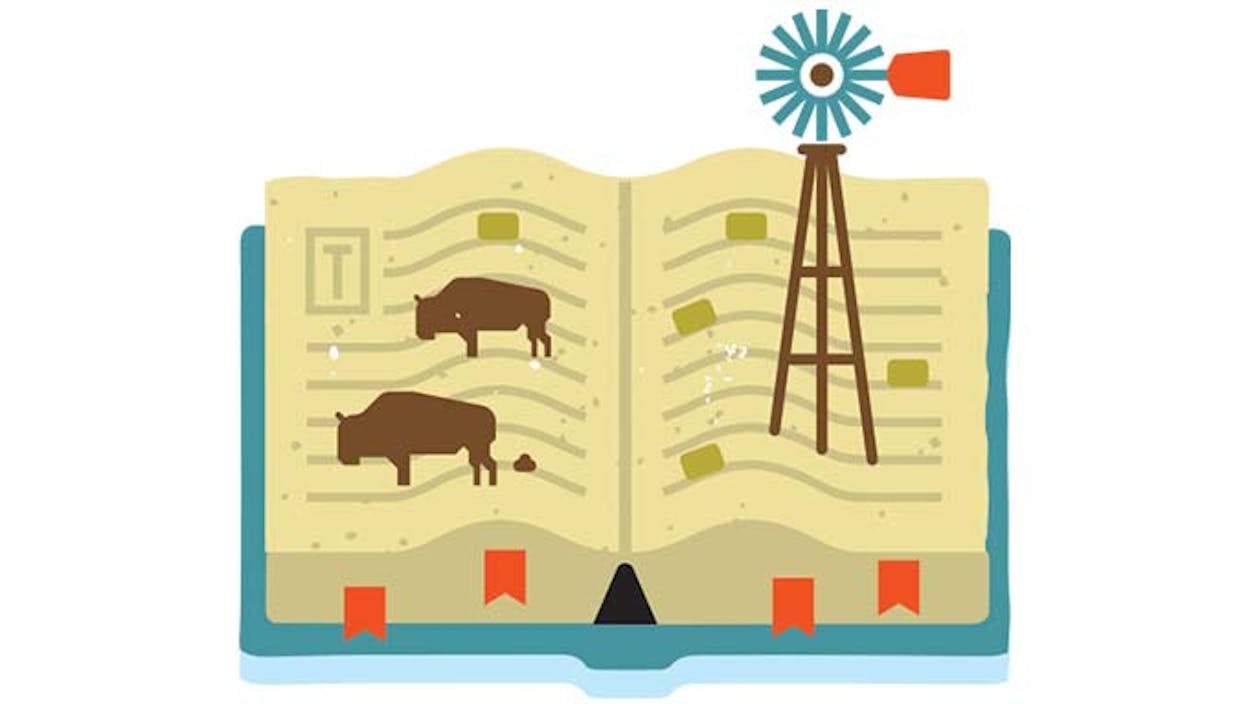The story of Texas can be reduced to one sentence: somebody has something somebody else wants and will put up a fight to get.
In the beginning, these fights were over land. The Spanish explorers came here in the 1500’s; ignoring native peoples, they claimed a vast region that included what is now Mexico and Texas. They successfully held off French encroachment too. But then the Spaniards turned Mexicans wanted to control their own fate, and they fought for and won independence from Spain, in 1821. Some of them moved into the inhospitable territory that would one day become Texas, and they invited some Anglos to join them. Life was tough: along with the heat and the drought and the rattlesnakes, there were homicidal Comanche, determined to defend their empire. The Anglo newcomers, however, were just as intent on doing things their own way. And when the Mexican government tried to lay down the law, the Anglo settlers turned their hostility on them, declaring independence. The fighting that started in 1835 wound up at the Alamo in March 1836—Texas lost—followed one month later by the Battle of San Jacinto, which the Texans, under the command of Sam Houston, won. They established a republic that lasted until the state joined the Union, in 1845.
Then came another war with Mexico, followed by the cataclysmic Civil War. Texas fought on the side of the Confederacy, and the state did not get around to freeing its slaves until June 19, 1865. The famous cattle drives began after the war, when ranchers realized they could make more money by driving their herds to markets outside the state than selling them at home. Wars broke out between those who wanted to fence their ranches and those who wanted to preserve the open range; barbed wire, patented in 1874, eventually ended the discussion. Then too, around the same time, wildcatters started punching holes in the dirt, and pretty soon all anyone cared about was the oil underneath the ground, not the cattle grazing on top of it. The first strike was near Nacogdoches in 1866, but the most famous gusher occurred at Spindletop in 1901.
Oil-rich Texans fought back hard against any real or imagined interference with the so-called free enterprise system by the federal government. Yankees often responded by stereotyping Texans as hicks (honestly, the bias had some basis in truth). The assassination of John F. Kennedy in Dallas in 1963 propelled Texan Lyndon Baines Johnson to the Oval Office, but it sent the state into a shame spiral that took decades to come out of. LBJ signed sweeping civil rights legislation on the national stage, but Texas remained slow to embrace the movement. The fight, again, was for dominance: descendants of the original frontiersmen were not interested in sharing prosperity or political power with African Americans, Native Americans, Mexican Americans, or women in general, and that often still holds true today.
The oil boom and subsequent bust of the late seventies and eighties once again had Texas reeling. Business leaders semi-diversified the economy and restored fiscal integrity, while Texas voters started moving just slightly left of center, electing Ann Richards as governor in 1990. But progressivism did not last. The moderation of Governor George W. Bush, who left for the White House in 2000, was followed by fourteen years of red-state conservatism under Rick Perry. So the political pendulum has swung far in one direction. Perhaps in the next chapter of history, waiting to be written, emerging voices like Julián and Joaquin Castro will assert a different vision for the future.
This piece is just one bit of wisdom offered in our April 2015 cover story, “Welcome to Texas!” a friendly user’s guide for our state’s most recent transplants. To read more advice, go here.








